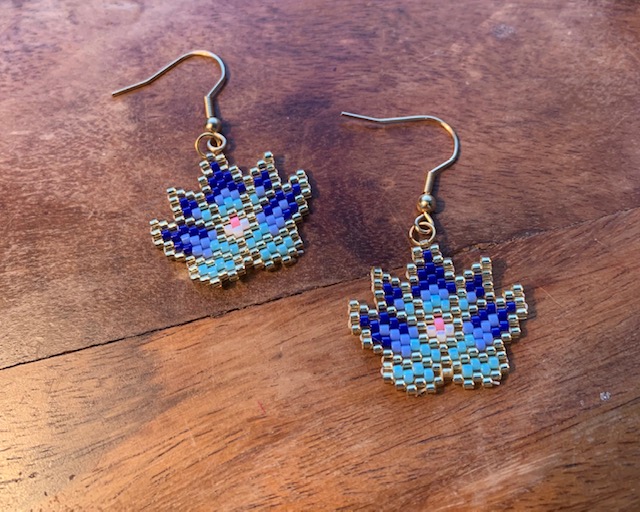
The Art of Combining Colors with Miyuki Beads in Jewelry Making
Miyuki beads are known for their high quality and consistency, making them a popular choice for jewelry makers around the world. These tiny glass beads come in a wide range of colors and finishes, allowing for endless possibilities when it comes to creating unique and beautiful pieces. However, with so many colors to choose from, it can be overwhelming to know how to combine them effectively. In this article, we'll explore the art of combining colors with Miyuki beads in jewelry making.
Understand Color Theory
Before you can effectively combine colors with Miyuki beads, it's important to have a basic understanding of color theory. This involves knowing the color wheel, which shows the relationship between primary, secondary, and tertiary colors. Primary colors are red, yellow, and blue, while secondary colors are green, orange, and purple. Tertiary colors are a mix of primary and secondary colors, such as red-orange or yellow-green. Understanding how these colors work together and complement each other will help you create stunning combinations in your jewelry designs.
Choose a Color Scheme
One way to effectively combine colors with Miyuki beads is to choose a color scheme. A color scheme is a combination of colors that work well together and create a specific mood or feeling. There are many different color schemes to choose from, including monochromatic, complementary, analogous, and triadic. For example, a monochromatic color scheme involves using different shades and tints of the same color, while a complementary color scheme involves using colors that are opposite each other on the color wheel.
Experiment with Color
While it's important to have a basic understanding of color theory and choose a color scheme, don't be afraid to experiment with different color combinations. You may be surprised by the beautiful results you can achieve by combining unexpected colors. When experimenting, it's important to pay attention to the proportions of each color and ensure that they balance each other out. You can also play with different finishes, such as matte or metallic, to create a unique look.
Consider the Design
When combining colors with Miyuki beads, it's important to consider the design of the jewelry piece. The colors you choose should complement the design and highlight its features. For example, if you're making a bracelet with a large focal bead, you may want to choose colors that complement the colors in the focal bead. Alternatively, if you're making a necklace with a simple design, you may want to use bold and bright colors to make it stand out.
Use Miyuki Bead Color Charts
Miyuki bead color charts are a valuable tool for jewelry makers. These charts show all of the available Miyuki bead colors and finishes, making it easy to choose the right colors for your project. You can also use color charts to compare different colors and see how they work together. Many online retailers offer Miyuki bead color charts, or you can create your own by purchasing a sample of each color.
In conclusion, combining colors with Miyuki beads in jewelry making is an art that requires some knowledge of color theory and design principles. However, don't be afraid to experiment and try new combinations to create unique and beautiful pieces. Remember to consider the design of the jewelry piece, use color charts, and have fun with your creativity. With practice, you'll become an expert at combining colors with Miyuki beads and creating stunning jewelry designs.
Links
About Us
Our product
Gallery
Blog
Contact Us
Cookie Notice
Terms And Conditions
Service & Security Highlights
About
London Miyuki All rights reserved.
ZeplinGo® | Website Design Prepared with.



